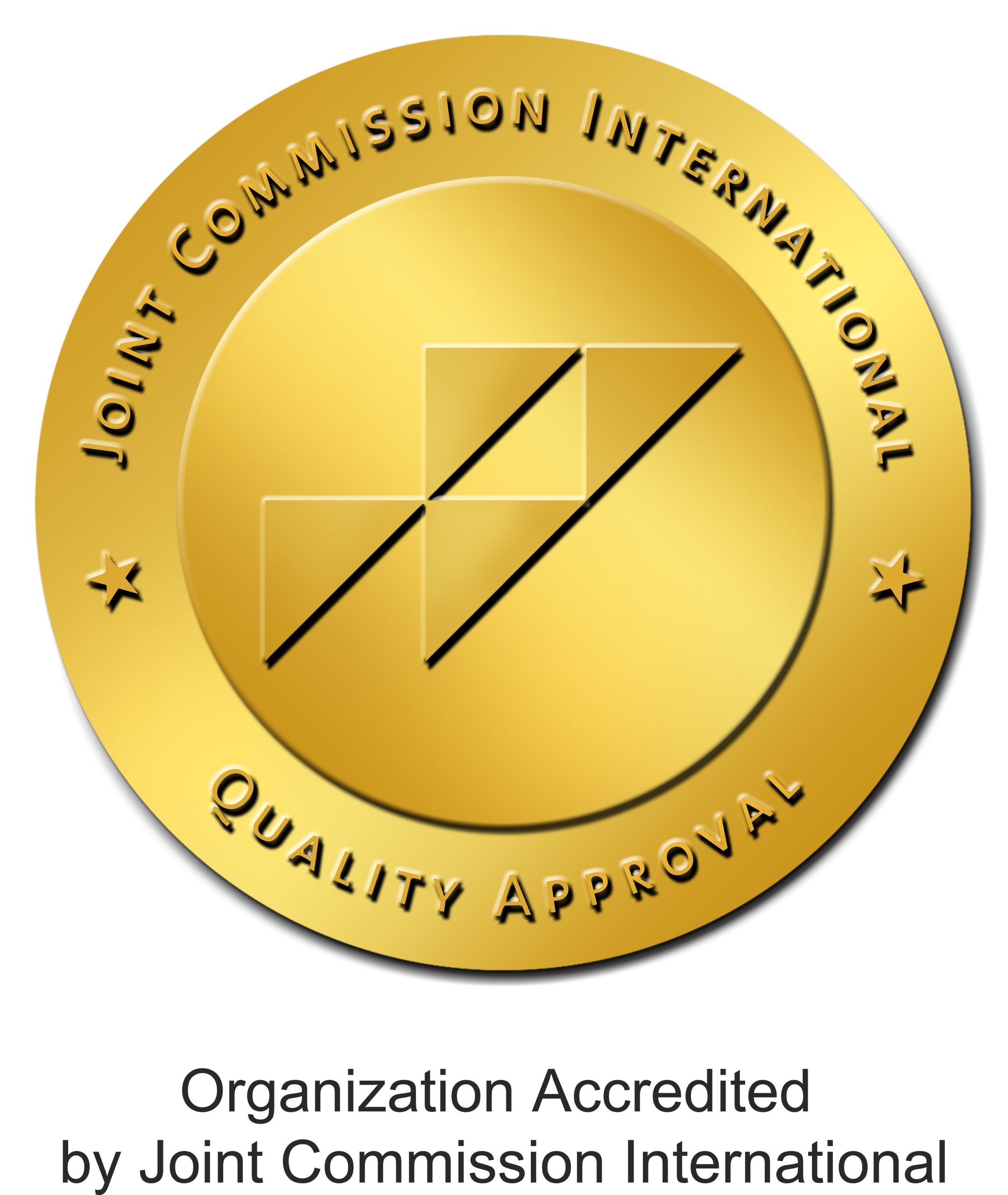In psychology, adjustment disorder (AD) is a classification of mental disorder that is a psychological response from an identifiable stressor or group of stressors that causes significant emotional or behavioral symptoms that do not meet criteria for more specific disorders. The condition is different from anxiety disorder which lacks the presence of a stressor, or post-traumatic stress disorder and acute stress disorder which usually are associated with a more intense stressor. There are nine different types of adjustment disorder listed in the DSM-III-R. In DSM-IV, adjustment disorder was reduced to six types, classified by their clinical features. Adjustment Disorders may also be acute or chronic, depending on whether it lasts more or less than six months. Diagnosis of adjustment disorder is quite common; there have been reports of it being a common and serious condition among adolescents and it has estimated incidences of 5-21% in psychiatric consultation services for adults. In clinical samples of adults, women are given the diagnosis twice as often as men.
Stressors
A stressor is generally an event of a serious, unusual nature that an individual or group of individuals experience. It should be mentioned that the stressors that cause Adjustment Disorders are not as extreme as those of the Post-Traumatic Stress Disorder. They may be grossly traumatic but may also be apparently minor, like loss of a boyfriend/girlfriend, a poor report card, or moving to a new neighborhood. It is thought that the more chronic or recurrent the stressor , the more likely it is to produce a disorder, yet this is modified greatly by the support the patient receives from those around him or her. Stressors believed to involve a loss usually have particular significance like an interpersonal failure, physical or sexual abuse, cognitive impairment, a lengthy duration of frequent recurrence, or cognitive uncertainty. The objective nature of the stressor however, is of secondary importance. Stressors’ most crucial link to their pathogenic potential is their perception by the patient as stressful. Patients that face a stressor with enthusiasm and view it as a challenge are much less likely to develop a disorder.
Risk factors
Factors that are intrinsic toward the development of Adjustment Disorder include age, gender, ego development, past experiences and coping skills. Age can be a factor because young children have fewer coping resources, however they are less likely to understand a stressor as stressful and are thus less likely to develop a disorder. Men have been shown to be more vulnerable to stressors across all ages and types of stressors, for unknown reasons. A poorly developed ego is also a factor that could make one more vulnerable to this disorder, whether it is caused by cerebral impairment or upbringing. Those damaged by repeated trauma also are at greater risk, even if that trauma is in the distant past.
Coping
One important factor that dictates the extent of the emotional or behavioral symptoms displayed in Adjustment Disorder is their method of coping with the stressors. Coping is defined as the strategies and mechanisms that people use to modify their environment or reduce internal distress. Coping is generally organized into four categories.
- The first category includes all efforts to practically handle stressors. This category contains two subcategories of problem-focused coping, which is the practical and physical dealing with stressors by actively problem solving, and restraint, which is waiting for an appropriate opportunity to act.
- The second category includes cognitive or internal strategies. This involves avoiding, minimizing, distancing, or seeking value in negative events.
- The third category includes efforts to diminish stress by utilizing available situational or environmental factors. The most commonly investigated mechanism in this category is social support.
- The fourth category includes personal approaches or individuals’ cognitive orientations. This category includes constructs such as an individual’s hardiness, sense of coherence, and locus of control.
Many studies have been done, documenting the effectiveness of various activities in coping with stressful situations. The effective activities included internet and computer based entertainment, watching television and listening to music.
Diagnostic criteria (DSM-IV)
The diagnostic criteria in the DSM-IV are
1. These symptoms or behaviors are clinically significant as evidenced by either of the following:
a. marked distress that is in excess of what would be expected from exposure to the stressor
b. significant impairment in social or occupational (academic) functioning
2. The stress-related disturbance does not meet the criteria for another specific Axis I disorder and is not merely an exacerbation of a preexisting Axis I or Axis II disorder.
3. The symptoms do not represent Bereavement.
4. Once the stressor (or its consequences) has terminated, the symptoms do not persist for more than an additional six months.
Subtypes (DSM-IV)
DSM IV Adjustment Disorders
- 309.0 With Depressed Mood. This subtype should be used when the predominant manifestations are symptoms such as depressed mood, tearfulness, or feelings of hopelessness.
- 309.24 With Anxiety. This subtype should be used when the predominant manifestations are symptoms such as nervousness, worry, or jitteriness, or, in children, fears of separation from major attachment figures.
- 309.28 With Mixed Anxiety and Depressed Mood. This subtype should be used when the predominant manifestation is a combination of depression and anxiety.
- 309.3 With Disturbance of Conduct. This subtype should be used when the predominant manifestation is a disturbance in conduct in which there is violation of the rights of others or of major age-appropriate societal norms and rules (e.g., truancy, vandalism, reckless driving, fighting, defaulting on legal responsibilities).
- 309.4 With Mixed Disturbance of Emotions and Conduct. This subtype should be used when the predominant manifestations are both emotional symptoms (e.g., depression, anxiety) and a disturbance of conduct (see above subtype).
- 309.9 Unspecified. This subtype should be used for maladaptive reactions (e.g., physical complaints, social withdrawal, or work or academic inhibition) to stressors that are not classifiable as one of the specific subtypes of Adjustment Disorder.
Treatment
The primary treatment for adjustment disorder is talking. This reduces the pressure of the stressor and enhances coping. It allows the patient to put his or her rage into words rather than into destructive actions. Counseling, psychotherapy, crisis intervention, family therapy, and group treatment are often used to encourage the verbalization of fears, anxiety, rage, helplessness, and hopelessness. Sometimes small doses of antidepressants and anxiolytics are also used. In patients with severe life stresses and a significant anxious component, benzodiazepines are used, although tricyclic antidepressants or buspirone has been recommended for patients with current or past heavy alcohol use because of the greater risk of dependence. Tianeptine, alprazolam, and mianserin were found to be equally effective in patients of AD with anxiety.



